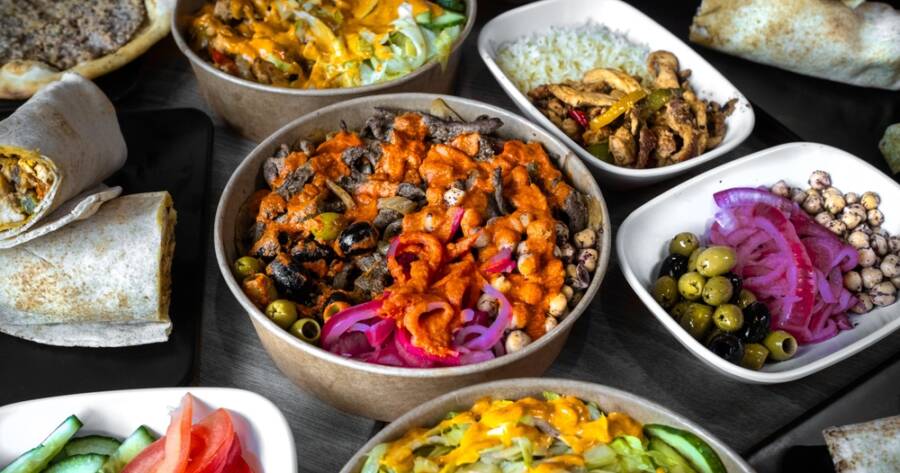Food is one of the most powerful ways to experience and understand different cultures. From street markets in Mexico to family kitchens in India, the cuisine of a region tells the story of its history, geography, and way of life. Exploring global flavors at home is not just about trying new tastes, it’s about expanding your world, one plate at a time. Even without traveling, you can bring international influences into your own kitchen.
Mexican Cuisine: A Celebration of Bold Flavors and Fresh Ingredients
Mexican cuisine is vibrant, colorful, and deeply rooted in tradition. It’s a blend of indigenous Mesoamerican cooking and Spanish influences, known for its use of chili peppers, corn, beans, avocados, and tomatoes. Tacos, tamales, enchiladas, and salsas vary by region, but all share the core philosophy of using fresh, local ingredients and layered flavors.
What sets Mexican food apart is its ability to balance heat, acidity, and richness often in a single bite. From smoky chipotle to zesty lime and creamy guacamole, each dish is a sensory experience.
Japanese Cuisine: Minimalist, Balanced, and Seasonal
Japanese cuisine emphasizes simplicity, balance, and respect for natural flavors. It is built around seasonal ingredients and a harmonious blend of taste, texture, and presentation. Staples like rice, noodles, fish, and seaweed are paired with subtle seasonings such as soy sauce, miso, and mirin.
Meals often feature a variety of small dishes served together to create a well-rounded experience. Beyond sushi, Japanese home cooking includes comforting meals like rice bowls, grilled fish, miso soup, and pickled vegetables. The cultural emphasis on mindfulness and aesthetics is reflected in the careful preparation and elegant presentation of every dish.
Indian Cuisine: A Symphony of Spices and Regional Variety
India’s culinary heritage is incredibly diverse, with each region offering its own unique approach to cooking. What ties Indian cuisine together is the masterful use of spices not just for heat, but for depth, aroma, and healing properties. Cumin, coriander, turmeric, ginger, garlic, and garam masala are commonly used in various combinations to create complex, flavorful dishes.
Vegetarianism is prevalent in many parts of India, making the cuisine especially rich in plant-based dishes like lentil dals, vegetable curries, and rice dishes. Food is often enjoyed communally, with meals centered around sharing and tradition.
Italian Cuisine: Simple Ingredients, Big Flavor
Italian food is synonymous with comfort and simplicity. Rooted in regional traditions and seasonal produce, it’s a cuisine that values quality over complexity. Dishes are built around a few fresh ingredients—ripe tomatoes, basil, olive oil, garlic, pasta, and cheese—and allowed to shine without being overly complicated.
From Northern Italy’s creamy risottos to Southern Italy’s tomato-based pastas, each region offers its own specialties. Italian meals are often slow and social, emphasizing connection as much as flavor.
Thai Cuisine: The Perfect Balance of Sweet, Sour, Salty, and Spicy
Thai cuisine is known for its bold and dynamic flavors. Every dish aims to achieve a balance of sweet, sour, salty, and spicy. Ingredients like lemongrass, lime, fish sauce, chili, and coconut milk are staples, creating a cuisine that’s both complex and deeply satisfying.
Whether it’s a spicy curry, a tangy salad, or a comforting noodle soup, Thai food is often built with fresh herbs, aromatic pastes, and contrasting textures. The balance of flavor and a focus on freshness make Thai cuisine both exciting and accessible.
Moroccan Cuisine: A Blend of North African, Mediterranean, and Middle Eastern Influences
Moroccan food is rich, fragrant, and often built on slow-cooked stews, warm spices, and hearty grains. Influenced by Arab, Berber, Mediterranean, and French cuisines, Moroccan dishes often feature spices like cumin, cinnamon, paprika, saffron, and turmeric.
Tagines, couscous, and pastilla are traditional staples, with dried fruits, nuts, and preserved lemons adding unique depth to savory dishes. Meals are typically communal, emphasizing hospitality and abundance.
Taste the World, One Cuisine at a Time
Exploring global cuisines isn’t just about food, it’s about stories, cultures, and connections. By learning about how people cook and eat around the world, we gain a deeper appreciation for diversity and tradition. Whether you’re tasting new flavors or cooking international dishes at home, global cuisine brings the world closer, one bite at a time.

